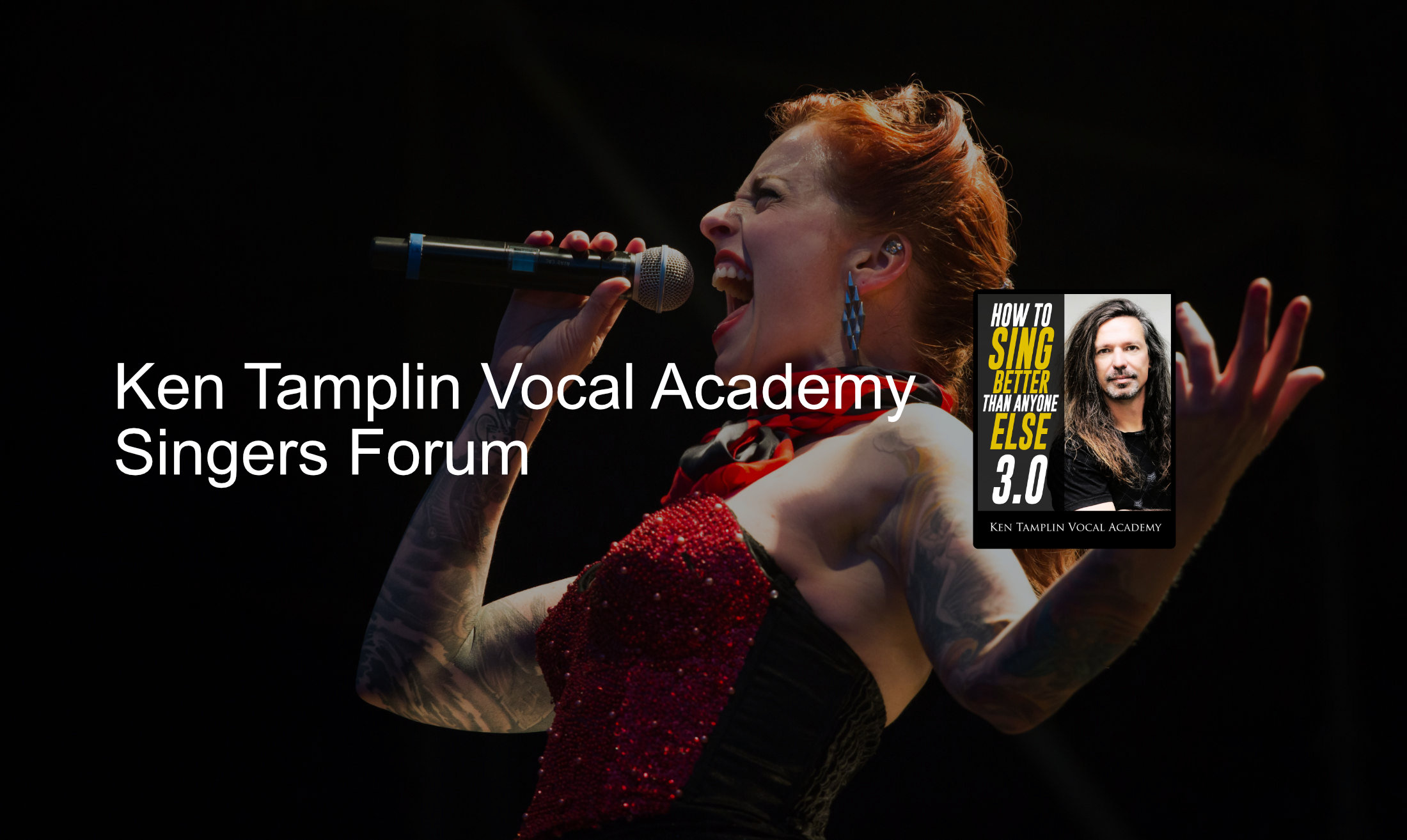Distance from microphone in a studio
 steves
Pro Posts: 41
steves
Pro Posts: 41
Hi,
I'm not sure if this is the right forum for this question but I am trying to understand how close I should be to my condensor microphone when I'm recording vocals.
I also find that I'm a lot more relaxed when I am not using a microphone, and in part is it's because I allow myself to move to the music a bit. It seem to help a lot with my breathing too.
I am not talking about crazy movement, but moving back and forth about half a foot or so. I find with a microphone this movement can cause inconsistency in the recording levels.
I should add that I am playing an acoustic guitar while I sing, so I'm not sure if that is partly why I find the movement relaxing.
What do you suggest?
Cheers
Steve


Comments
@steves,
Generally, you would want to "close mic" your voice. That would be 6 to 8 inches away from the mic, and would not sound so good if you are "bobbing and weaving" which would vary that distance a lot.
On your demo recordings, there is a lot of background noise before you sing and after you finish singing. That is from using compression and from being a little far away from the mic, and it's picking up and amplifying the room noise.
You might want to use a noise gate to stop the amplification of the room noise when you are not singing.
As to the guitar, it's a matter of "is there enough or is there too much guitar" in the recording relative to the volume of your voice. In other words, are you getting a good mix, and does the guitar sound the way you want it to?
If you are close to your vocal mic, you may also need to use a pop filter. That's usually a mesh fabric on a hoop, between you and the mic, so your breath won't make a boomy pop into the mic.
Going back to the distance for singing you can do what you want to. If the mic seems too restrictive to do the close mic thing, then just do what you feel good with and don't worry so much about it. You can work out the finer details later.
Bob
@steves,
Yes, that's exactly what I mean. You have a lot of compression (which means gain reduction) on your recordings. So before you start singing, there is no gain reduction. So the mic is effectively turned up very loud, and picks up the sound of your computer fan, ambient sound in the room, all sorts of hisses and pins dropping... any sound and every sound, and amplifies it, a lot. It comes across as "room noise". When you start singing, the compression brings the mic gain down, and so the background noise goes down too.
A lot of recording programs have a "noise gate" as well as compression. When you sing or play, it instantly turns on the mic. That would eliminate the loud room noise at the beginning and end of your recordings. Also, being more close to the mic can allow you to turn the mic volume down to reduce room noise. The noise gate will have a threshold you can set to silence the mic before you start singing or playing. You will have to experiment with the threshold setting so it doesn't cut out your guitar on the soft part, and also find the best compromise position for the mic between your voice and your guitar for the mix you want.
Yes, it would be better to record your guitar first. That way you can find the most ideal mic position for your guitar and use that, and also do the same for your voice. You can also concentrate on each performance (vocal and guitar) and get each one as good as possible.
The majority of professional recordings are done wearing headphones. I do recommend that you wear them and that you wear them on both ears when recording. When you have one ear open, that can cause your pitch perception to fool you. Keep both headphones on both ears and learn to hear what's inside the phones. That is the sound you want to hear. If it doesn't sound right in the phones, you need to figure out how to sing it to sound right in the phones. You may have to turn up the click track while recording. The more you work with getting it right in that environment, the more used to it you will become. You will get over any uneasiness you have about the process.
I would suggest that you practice that way, so that you get really accustomed to it. Turn on the recorder, even when you're just practicing. That way, when you want to do a demo, it will be just like practicing. You'll get better and better at recording, and you'll get very used to hearing your own voice, and have more opportunities to make adjustments to the way you sound. You will find yourself being more comfortable with the recording process and with the sound of your voice. You will lessen any anxiety you may have about pushing that red "record" button. It will become much more routine and normal for you.
All the Best!
Bob